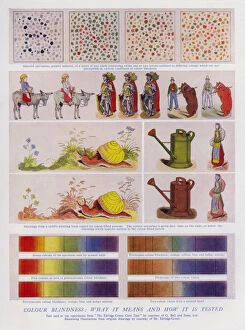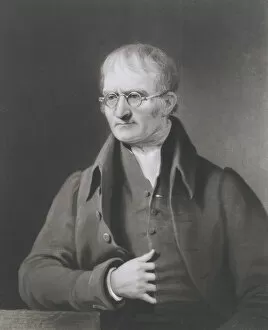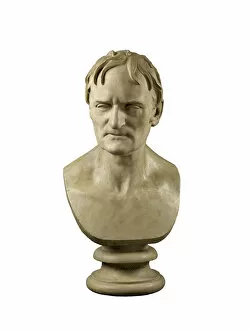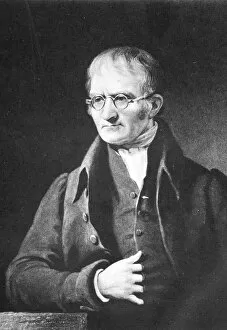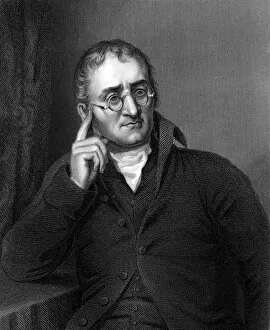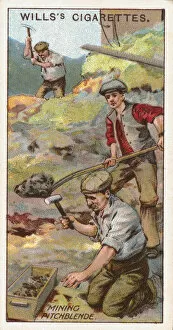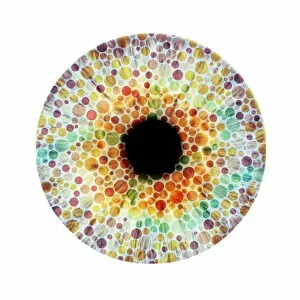Colour Blindness Collection
"Unveiling the Spectrum: John Dalton and the Enigma of Colour Blindness" In the realm of scientific discoveries
For sale as Licensed Images
Choose your image, Select your licence and Download the media
"Unveiling the Spectrum: John Dalton and the Enigma of Colour Blindness" In the realm of scientific discoveries, few can rival the profound impact made by British chemist John Dalton. Born in 1766, this visionary mind revolutionized our understanding of atoms and molecules, earning him a place among history's greatest scientists. Yet, it is his groundbreaking work on colour blindness that continues to captivate minds even today. Dalton's fascination with this peculiar condition stemmed from his personal experience as a colour-blind individual. Through meticulous observations and experiments, he unraveled the mysteries shrouding this visual impairment that affects millions worldwide. The late Dr. Dalton left an indelible mark on scientific literature when he published "Extraordinary Facts Relating to the Vision of Colours" in 1794. This seminal work laid the foundation for future research into colour perception abnormalities. As we gaze upon portraits capturing Dalton's countenance throughout different eras, we are reminded of his unwavering dedication to unraveling nature's secrets. From C. Turner's engraved portrait dating back to 1844 to CH Jeens' captivating depiction from the 19th century - each image reflects both his brilliance and determination. Beyond academia, Dalton’s contributions extended into practical applications as well. His expertise in chemistry played a pivotal role in mining pitchblende—a key source of uranium—during World War I in Cornwall, England. To encapsulate this enigmatic condition visually, conceptual images emerge depicting how individuals with colour blindness perceive their surroundings differently than those blessed with full spectrum vision. These thought-provoking visuals serve as poignant reminders that diversity exists not only within human experiences but also within our perception itself. Today, thanks to pioneers like John Dalton who dared challenge conventional wisdoms surrounding sight and colours; awareness about colour blindness has increased exponentially over time. The legacy left behind by this remarkable scientist continues to inspire researchers striving towards advancements in understanding, diagnosis, and support for those affected by this condition.



